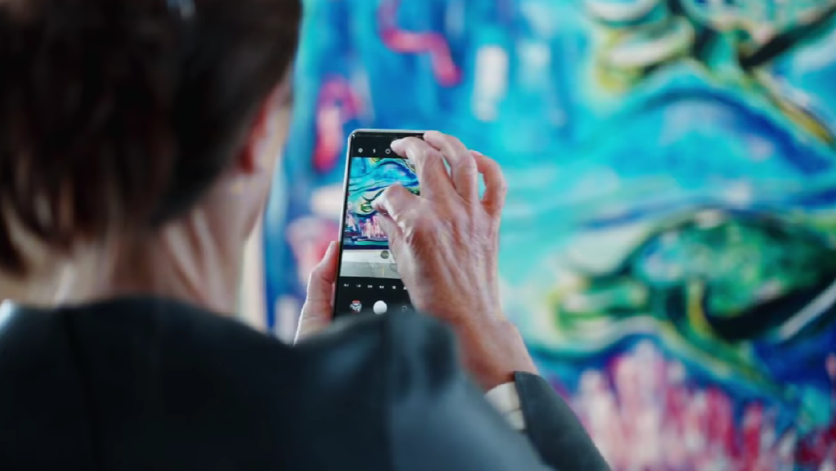
Non-fungible tokens can be used for many different applications, but by far and away the most common use case for the technology is the ownership of digital art.
Artists such as Pak, Takashi Murakami and Trevor Jones have become massive names synonymous with the NFT scene, creating stunning digital artworks that bring enormous value to the space. Meanwhile, NFT collections like Bored Ape Yacht Club remain some of the world's most sought-after digital assets.
The association between NFTs and art is likely here to stay, but there may well be an even bigger opportunity than the one that has emerged thus far. Instead of representing digital artworks, NFTs can be used to improve accessibility to legacy works of art, including some of the world's most famous paintings by artists such as Picasso, Michelangelo and Warhol.
NFTs make it possible for existing works of art to be tokenized, and with that we open the door to something called "fractional ownership", in which many different individuals can all own a stake in a single piece of art. The way it works is simple - you create an NFT that signifies ownership of the painting, and then split it into multiple parts, for example a collection of 1,000 NFTs that each represent 1/1000th of the art in question.
Because each of these "shares" of the painting are distinct and unique NFTs, it means many different people can own a piece of the same painting, and those pieces can all be traded independently and in a decentralized way through NFT marketplaces. It's an idea that can really make a significant impact in the world of art investing, which until now has been exclusively available to big ticket investors with large amounts of cash to spend.
Redefining Art Ownership
One of the leading pioneers in this space is the startup known as Artfi, which is building a platform that aims to democratize access to the art market and transform its potential as an investment asset class.
In a blog post, Artfi explains that art assets have always been unattainable for the majority of individuals, and that is to the detriment of the art industry. Because the best paintings are so expensive, only the richest of investors can afford to invest in them. This means a lack of liquidity in the market that can make it difficult to find a buyer when the investor wants to sell. At the same time, it also means fewer opportunities for up and coming artists, unless they're willing to sell their creations at a much lower value than its true worth.
By using NFTs to represent works of art, ownership can be recorded on an immutable blockchain in a transparent way, preventing fraudulent transactions and providing greater security for investors and artists alike. Blockchain also ensures untampered provenance, meaning that investors will be reassured they're buying a genuine article from the artist in question.
Furthermore, blockchain helps to safeguard the long-term value of art, ensuring artists are fairly compensated and achieve the recognition they deserve. The advantage of NFTs is that the artists can program the smart contracts that govern their sale to ensure they receive a small share of all future transactions, such as when the art is sold onto a new buyer. So if a painting only becomes recognized as a true work of art 10 years after it was first created, and then sells for millions of dollars, the artist will still be rewarded a fair share of the proceeds.
Through Artfi's marketplace, art enthusiasts finally have a way to become involved in the space they love. They can acquire a single NFT representing ownership of a small piece of some of the world's most renowned masterpieces, which is something that simply wasn't possible before.
Fractionalization makes it possible for art collectors and investors to trade fractional shares of some of the world's most beautiful works of art, with each transaction being completely transparent, publicly verifiable and tamper-proof.
According to Artfi, it envisions a future where accessibility, education and investment in art intertwine. Enthusiasts will no longer be restricted to appreciating their favorite artists' creations from afar. Instead, they will be able to become collectors in their own right. As art ownership becomes more common and inclusive, it's likely that the value of art will grow too, driven by greater demand, creating more opportunities for new artists to achieve the recognition they deserve.
Artfi is yet to launch its NFT art platform, but it will be a very big deal when it does, enabling more individuals to obtain a stake in one of the most important areas of humanity's cultural heritage.
ⓒ 2025 TECHTIMES.com All rights reserved. Do not reproduce without permission.




